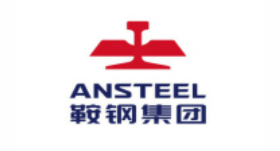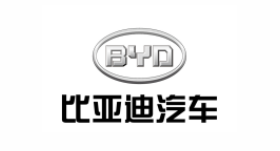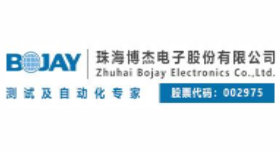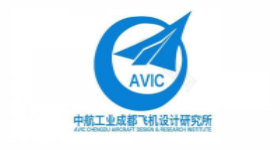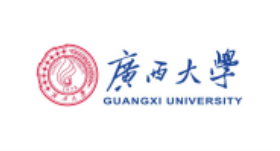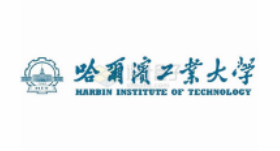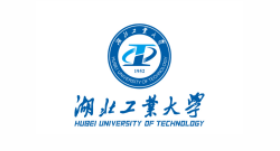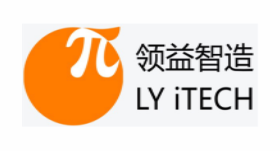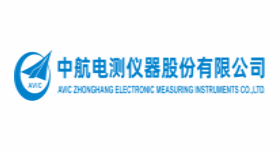Weighing sensor is an important category of mechanical sensors, which is also the most widely used, and there are many forms. In general, the construction of weighing sensors mainly includes elastomers, strain gauges, seals and so on. Several of them interact to affect the performance of the sensor, and the following is an analysis of their respective roles.
The metal material used as the elastomer of the weighing sensor, due to its internal complex organizational structure relationship, when subjected to external force, there will be micro-strain between the tiny grains, after the external force disappears, the micro-strain will disappear, but whether it can be completely restored to the original state without force, depending on the metal material of the elastomer. If the curve of the loading force and the curve of the unloading force do not coincide, the greater the difference, the greater the hysteresis. The difference mainly comes from the stability and uniformity of the composition of the material itself, and the radial structure after heat treatment. Knowing the causes of hysteresis, we can reduce the hysteresis by selecting the right metal materials and using advanced heat treatment methods to improve the elastic limit. At present, the widely used elastomer material in the domestic market is 40CrNiMoA, which can obtain good comprehensive mechanical properties after reasonable heat treatment process.
The strain gauge of a load cell is mainly composed of a sensitive grid, a base, a covering layer and a lead. It converts the strain of the elastomer into a change in resistance value through the resistance strain effect of the sensitive gate. If the material itself has hysteresis, the strain gauge also has hysteresis. At present, the world's famous strain gauge manufacturers are manufacturing strain timing to fully take into account the hysteresis, the use of self-compensation measures in order to reduce the hysteresis to the lowest level. This is also a factor that must be considered when choosing a load cell.
After the elastomer and strain gauge are composed, the sensor also needs to be sealed with sealant, mainly for fixed lines and seals to prevent the influence of the external environment on the performance of the sensor. On the surface, the sealant is relatively soft after curing, and the strength relative to the elastomer is almost negligible. This effect must be taken into account if it is applied to small range force measurement. When a small force is applied to the elastomer, the elastomer deformation is small, and the sealant thickness affects the deformation that occurs.
When designing a good weighing sensor, the hysteresis performance of the product must be fully taken into account. Through the above analysis, combined with the specific situation, the size of hysteresis can be significantly reduced.



